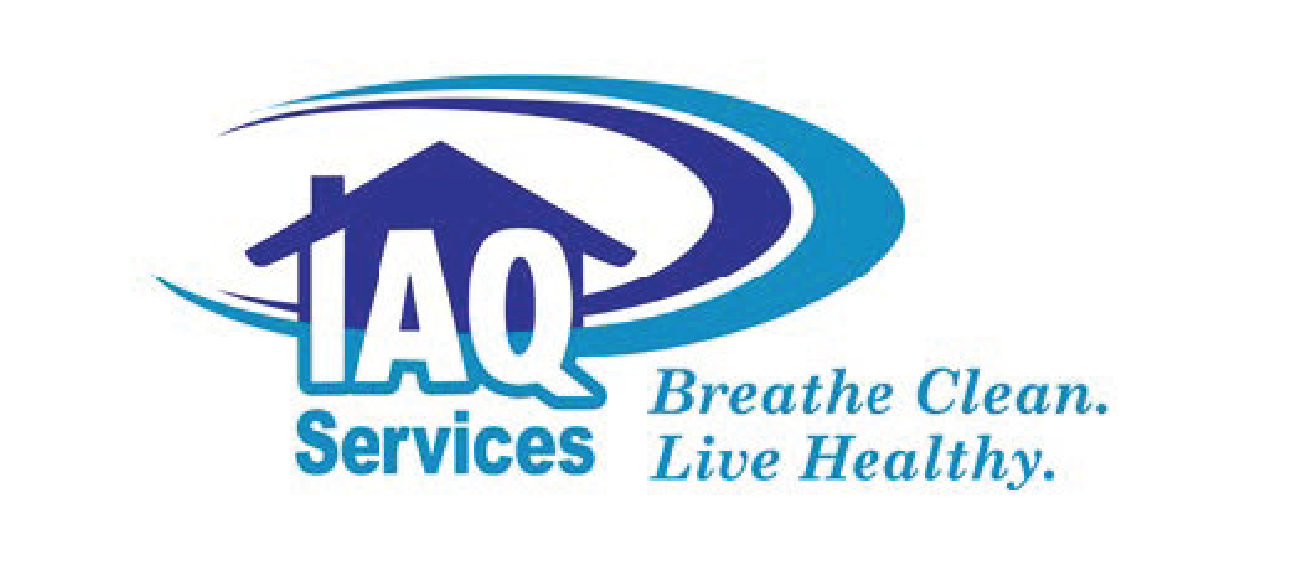How to Prepare Your Home for Hurricane Season to Prevent Air Quality Issues
Beyond the immediate threats of high winds and flooding during hurricane season in New Orleans, numerous other critical aspects demand careful consideration. It’s about safeguarding our homes from the physical onslaught of the storm and from the invisible threats that can compromise our health long after the skies have cleared.
The quality of the air inside our homes plays a crucial role in our well-being, especially during and following the intense conditions brought on by hurricanes. From moisture control that wards off mold to ensuring our homes are secure against invasive contaminants, taking proactive steps to prepare can mean the difference between a recovery filled with complications and one that leads to a swift return to normal.
Here’s are some tips to protect your home and maintain excellent indoor air quality during and after hurricanes:
1. Inspect and Repair Your Home’s Exterior
Roof and Windows: Regular inspections of your roof can prevent major damage during a hurricane. Look for loose, missing, or worn shingles or tiles and replace them. This reduces the risk of water intrusion that can lead to mold and other air quality issues. Storm shutters or impact-resistant glass can prevent breakage from flying debris for windows. Sealing around window frames with durable weatherproof caulking prevents leaks that could introduce moisture and contaminants into your home.
Gutters and Downspouts: Keeping gutters and downspouts clean and clear of debris is critical. This prevents water damage to the foundation and basement and helps avoid standing water, which can be a breeding ground for pests and mold. Ensure they are securely attached to your home and that water is directed away from the foundation.
2. Enhance Structural Integrity
Doors and Garage Doors: Reinforcing garage doors can prevent them from being blown in or ripped off their hinges. Garage door reinforcement kits can be installed to add stability. Secure all doors with deadbolts and consider installing hurricane-proof doors where possible.
Seal Gaps: The facade of your home is crucial. Use high-quality silicone or rubber caulking to seal gaps around door frames, window sills, and where utility lines enter. This prevents wind-driven rain and airborne debris from entering, which can carry pollutants and allergens inside.
3. Prepare for Flooding
Sandbags and Flood Barriers: Place sandbags strategically around your home, particularly near doors, low windows, and other entry points where water might infiltrate. For long-term solutions, consider installing flood barriers or shields. These preparations aid in preventing the intrusion of contaminated water, which can severely impact indoor air quality and lead to the growth of mold and mildew.
Elevate Critical Utilities: Elevating electrical panels, sockets, and appliances like heaters and washers ensures they remain above potential floodwater levels. This protects your property from water damage and prevents dangerous situations like electrical shorts that could lead to fires.
https://www.epa.gov/natural-disasters/flooding
4. Maintain Indoor Air Quality Equipment
HVAC System: An efficiently working HVAC system is vital for filtering pollutants and maintaining good air quality, especially during storms. Have it inspected and serviced by a professional to ensure it is operating correctly and that there are no leaks in the ductwork where moisture could enter and promote mold growth?
Air Filters: Regularly replacing air filters with HEPA filters before the hurricane season can drastically improve the air quality inside your home. HEPA filters are capable of trapping very fine particles, significantly reducing the amount of dust, pollen, and other allergens in the air.
https://www.epa.gov/indoor-air-quality-iaq
5. Plan for Safe Cleanup
Cleaning Supplies: Opt for cleaning supplies that are effective yet do not emit harmful chemicals. Supplies like hydrogen peroxide, baking soda, and vinegar are safe alternatives to harsh chemicals and help maintain better air quality post-cleanup. Store adequate supplies in a dry, accessible place.
Personal Protective Equipment (PPE): Having the right PPE is critical when cleaning up after a hurricane. This includes N95 masks to protect against inhalation of mold spores and fine particulates, sturdy gloves to handle sharp and potentially contaminated debris, and goggles to protect your eyes from chemical splashes and flying particulates.
https://www.cdc.gov/disasters/cleanup/facts.html
https://www.epa.gov/saferchoice
6. Secure and Store Hazardous Materials
Chemicals and Fuels: Proper storage of chemicals and fuels is paramount to prevent spills and leaks during a storm. Store all such materials in high, locked cabinets, in tightly sealed containers. Ensure that these storage locations are away from areas prone to flooding or structural damage.
Generator Safety: Always operate generators outside of your home, far from windows, doors, and vents. Carbon monoxide poisoning is a serious risk with indoor generator use. Ensure your generator is on a stable surface to avoid tipping over, and never refuel it indoors.
https://mcwec.org/2023/07/preventing-household-chemical-spills-during-storms-and-floods/
7. Prepare for Emergency Conditions
Emergency Kit: Your emergency kit should include supplies that could support your household for at least 72 hours. This includes freshwater, non-perishable food, essential medications, batteries, flashlights, and a battery-powered radio. Include important documents in waterproof containers.
Communication Plan: Develop a robust communication plan that includes emergency contact numbers, a family meeting point, and a plan for staying informed about the storm’s progress. Ensure that every family member understands what to do and where to go if they are not at home when a hurricane strikes.
Get Ready For Hurricane Season
Hurricane season demands our respect and readiness in the immediate preparation of our homes and in planning for the aftermath, particularly in terms of air quality. Implementing the steps outlined above can dramatically reduce the risks to your home’s structure and the air within it, creating a safer, more resilient environment for you and your family.
